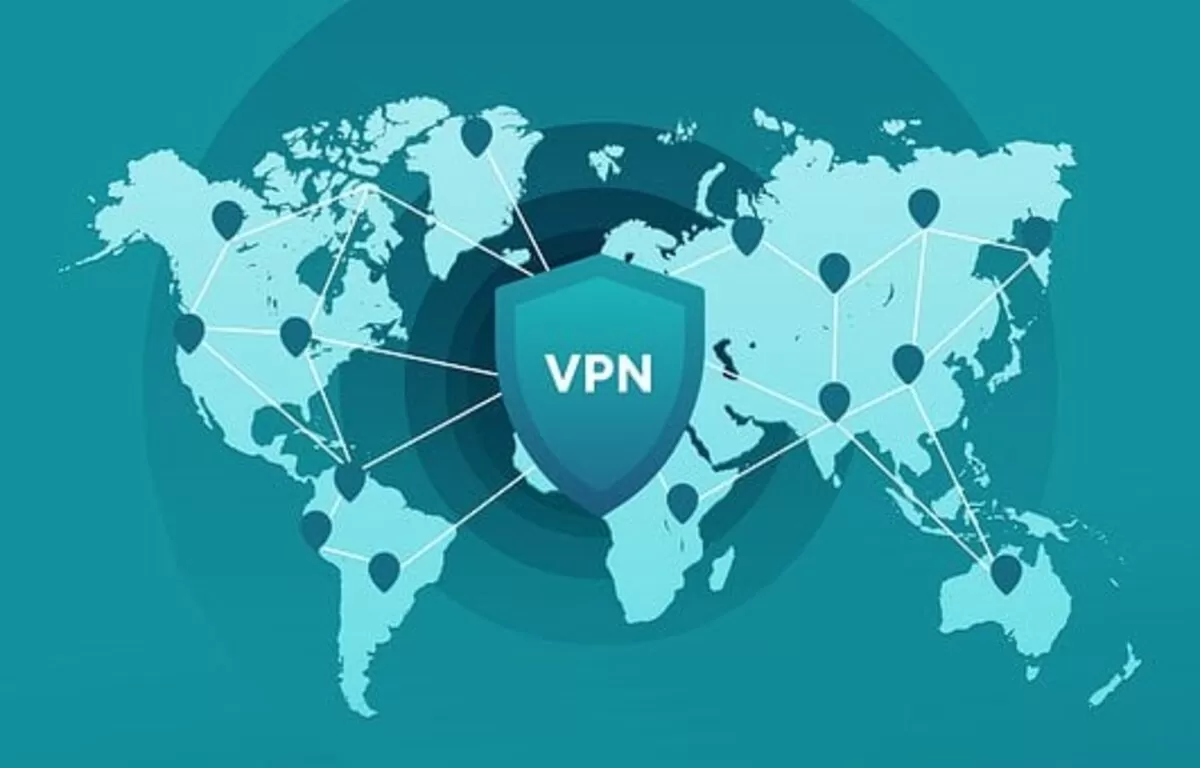

When you are using VPN software on your network, you may occasionally experience problems. You may not be able to access a specific server on the network, you may be getting a DNS error, or you may be receiving a DHCP error. In these cases, it is essential that you know how to troubleshoot the problem.
If you are using a VPN and receiving a DHCP error, it is possible that your DHCP server is not configured correctly. However, there are other causes for a DHCP error as well. This article will help you diagnose and solve a DHCP error.
To determine if your DHCP server is working properly, check the IP tab of the Routing and Remote Access console. You can also use Wireshark to capture DHCP packets.
If you are receiving a DHCP error while using a VPN, your first step is to configure your firewall to allow VPN traffic to pass through. If you are unable to configure your firewall to allow VPN traffic to flow through, you may need to contact the company’s security as a service solution provider.
If you are having trouble resolving a name on your VPN network, there is a good chance that you are using a DNS server that is not configured correctly. This problem may also prevent your VPN client from resolving Internet host names. However, you can fix this problem. It is important to understand why it happens and to know how to make the right adjustments.
There are several reasons why your VPN client is not resolving Internet host names. This includes incorrect settings in your VPN server or in the internal DNS server of your network. The best solution is to verify that the internal DNS server is properly configured. This can be done by checking the DNS Management console.
Another option is to run a local DNS resolver cache. This can be performed with a command prompt.
If you are having trouble with your VPN connection, you may want to consider routing your VPN traffic through a different port to troubleshoot the issue. This will allow you to access other parts of your network while allowing your VPN to do its work.
Before you begin your VPN troubleshooting, you will need to make sure you have a working VPN client and a reliable internet connection. If your VPN client is using a less-than-reliable connection, you should configure your server to use UDP mode instead of TCP.
When you are performing VPN troubleshooting, you should be aware that there are many variables that can affect connectivity issues. This includes the hardware firewall or security as a service solution used on the network. Also, your router’s firmware can be updated.
If you’ve ever had trouble figuring out the best way to troubleshoot a VPN subnet that overlaps, then you’re not alone. This problem can cause communication problems and make it hard to log in. Fortunately, you can use some tools to get a better idea of what’s going on.
The most basic solution to this problem is to mask your internal IP ranges from external networks. However, this can lead to administrative difficulties for certain applications. Luckily, there are several tools that you can use to figure out what’s wrong with your VPN network. These include pinging a public IP, sending a simulated ping, and measuring the network’s latency.
You can also use a tool called Network Address Translation to solve the problem. This is a fairly straightforward process and should be performed on both sides of the tunnel.
When troubleshooting VPN issues, you may need to try different VPN protocols. The problem may be that you are trying to use the wrong network or you are looking for resources on a subnet that is not allowed. If you are experiencing problems with your VPN, it is best to contact your VPN provider.
VPNs are complicated, and they require a lot of technical expertise. The VPN protocol is a very important part of your connection, as it defines the encryption and data transfer methods. In some cases, your VPN provider may even write their own protocol. You should never change your VPN protocol without consulting your VPN provider.
The most common VPN protocol is IKEv2 or IPSec. These are both effective at switching between types of networks. They are also secure and speedy.
In 2017, altcoins were seen as experimental side projects to Bitcoin. By 2021, they became…
Shopping centers in Las Vegas have a unique opportunity to stand out by offering not…
Levitra, a widely recognized medication for treating erectile dysfunction (ED), has proven to be a…
Have you ever looked down at your carpet and wondered if there’s a budget-friendly way…
Counter-Strike 2 (CS2) has elevated the thrill of case openings, captivating both seasoned CS:GO veterans…
Trying to sell a car online should be simple, but sometimes buyers lose interest fast.…